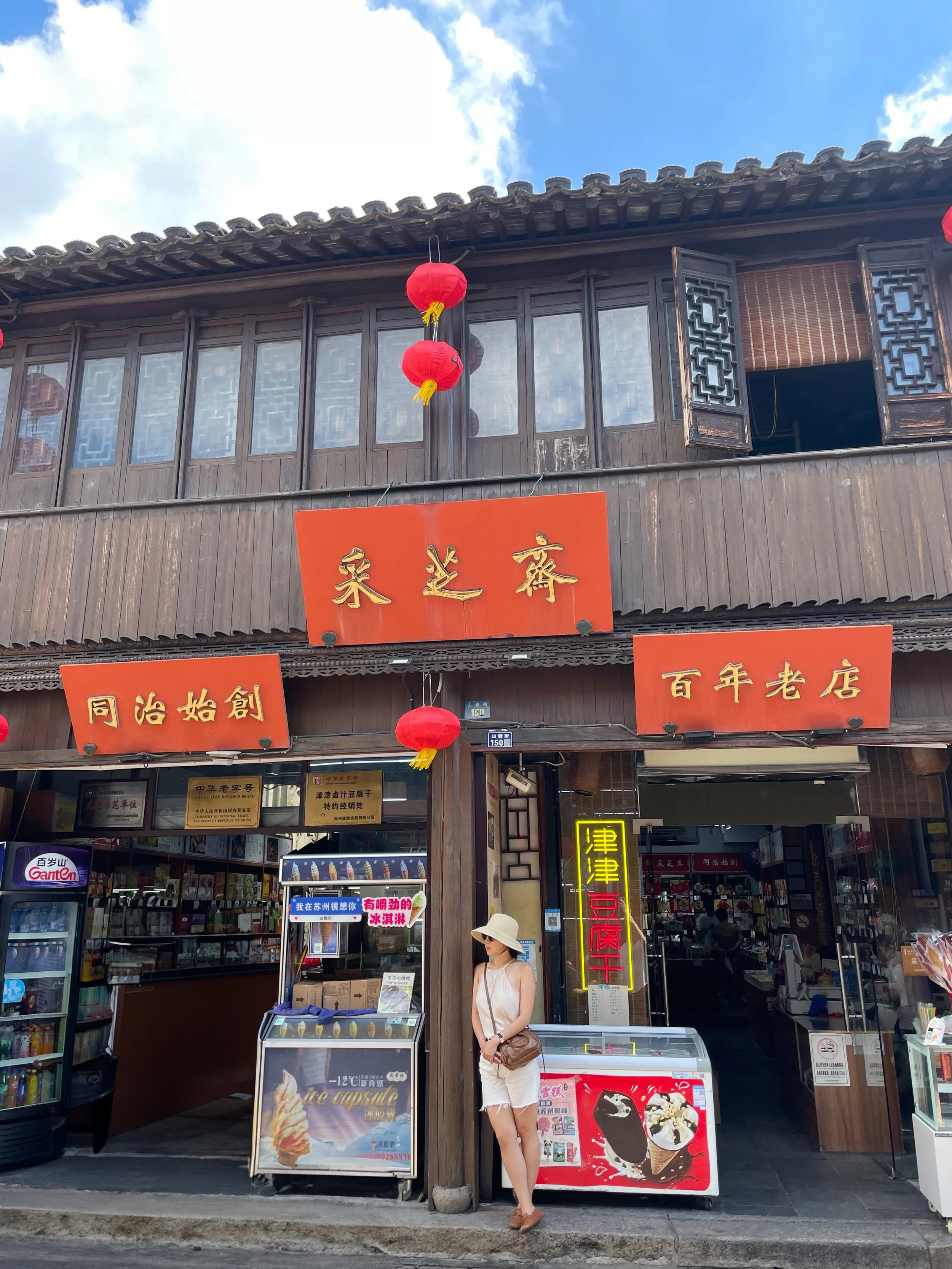Retracing Garden Paths
October 1st, 2024
Departing Guangzhou’s soaring skyline — a sprawling megalopolis seemingly conjured overnight — we arrived in the historical water town of Suzhou, oft referred to as the Venice of the East. Though Lunar New Year crowds filled its streets with festive energy, the city’s pace felt different, measured in centuries rather than seconds.
We sought out Suzhou’s classical gardens, among the world’s oldest living artworks. Scholar-officials once shaped these private estates into perfect microcosms, where artificial mountains of weathered river stone rise beside serpentine pavilions, and every view frames a careful composition of nature and architecture.
My grandmother recalls these gardens from her youth, before the cultural revolution brought them into the public realm to be admired by all. Visiting them now, we retraced her footsteps, guided by her stories and imagining the tranquility and solace she once experienced in their timeless beauty.
Sadly, that tranquility lasts only about 30 minutes each morning as throngs of tourist groups quickly flood the gardens in a flurry of selfie sticks and eager photo-ops. Yet, in that first half-hour, one can truly be transported to a time when the gardens were still a peaceful retreat.
The Humble Administrator’s Garden (1509). Cao Xueqin, the author of The Dream of the Red Chamber, is said to have lived at the garden in his teens. Scholars believe much of the novel’s scenery was inspired by this garden.
The Fragrant Isle Pavilion extends over the lotus pond where blooms scent the summer air. All senses are engaged in Chinese gardens — at the nearby Listening in the Rain Pavilion, visitors are invited to pause and take in the garden’s soundscape: leaves rustling in the breeze, birdcalls echoing across still waters, and of course at times, rainfall on the rooftops, trees, pathways and ponds.
A covered walkway designed to simulate the rise and fall of waves as you stroll alongside the pond. Pace and procession are also central to classical Chinese garden design.
The Secluded Pavilion of Parasol Tree and Bamboo.
A zig-zagging bridge leading to a pavilion.
Cat standing before an impressive ‘artificial mountain’ of Taihu rocks at Lion Grove Garden (1342).
A masterwork of rockery design, the grottos of Lion Grove feature 9 distinct paths and 21 caverns amidst the dramatic, grotesque shapes of limestone rocks found in nearby Tai Lake (Taihu). The twisting passages formed by the intricate arrangement of these rocks guide you through a labyrinth of corridors with jagged edges and unexpected framed views of the soft landscape beyond.
Lingering Garden
Pathways are painted with a mosaic of colorful stone, river rock and shards of clay tile to create intricate patterns of lotus flowers, swastikas, and symbolic flora and fauna.
Outside Caizhizhai, an old Suzhou teahouse and candy shop founded in 1870, and now listed as an ‘intangible cultural heritage brand’. My grandmother requested the pine nut candies she used to buy here as a child. We brought some back for her and she says the taste hasn’t changed.
The Grand Canal dating back to 5th century BCE, though most of its construction and development occurred during the Sui and Tang Dynasties (581-907 CE). Here the canal appears uncharacteristically dark and quiet, as most businesses had closed ahead of an incoming typhoon.





















